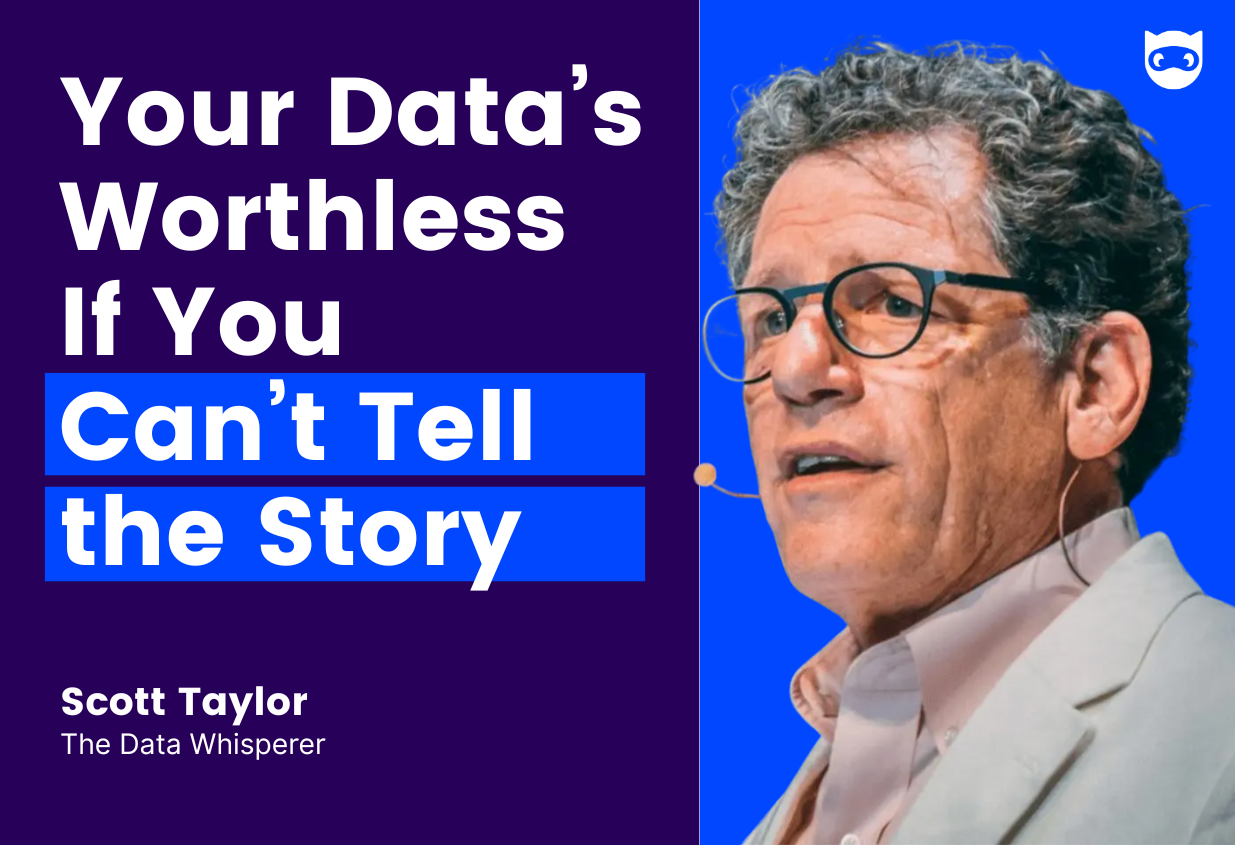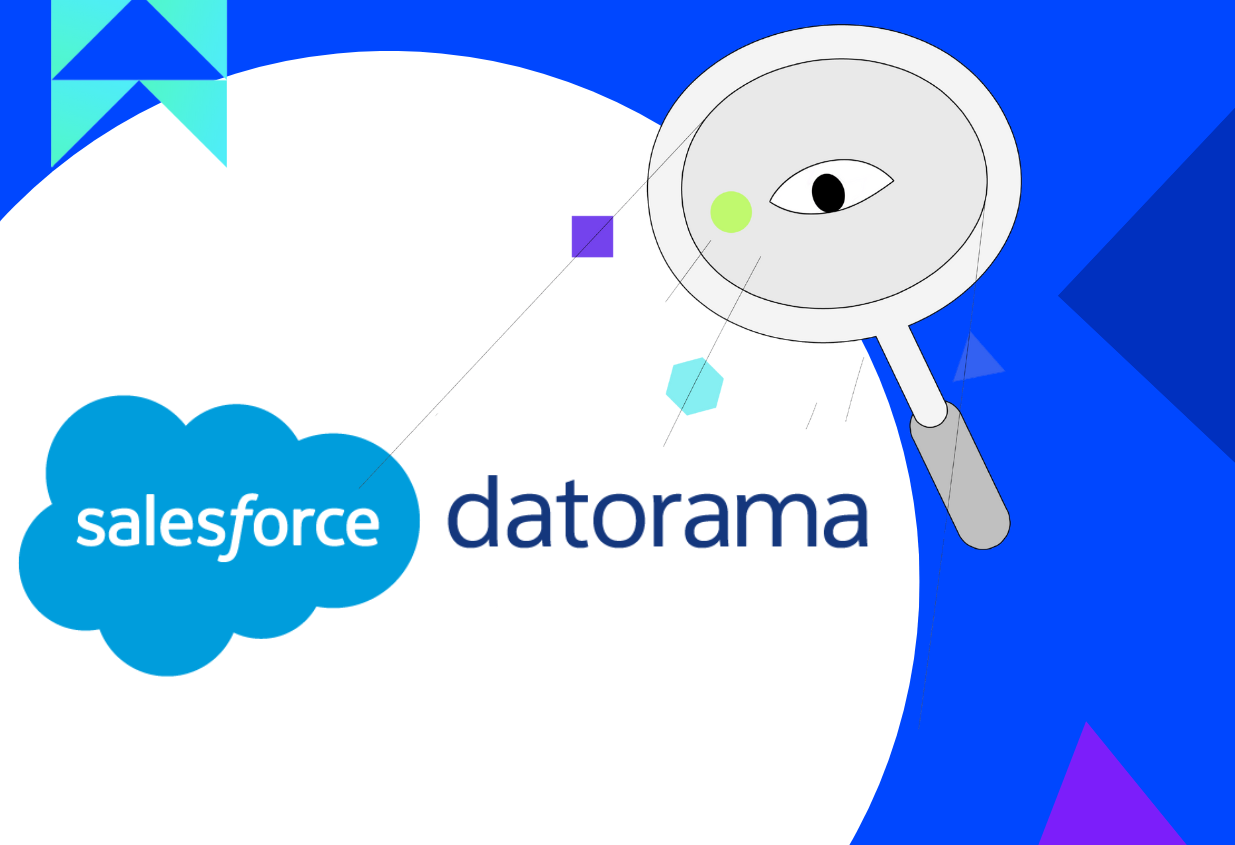What Is Marketing Data Analysis in the Age of AI? (And Why It Matters Now More Than Ever)

Today's enterprise marketing teams sit at the intersection of complexity and opportunity: managing multi-channel campaigns, optimizing spend across fragmented channels, and predicting performance with pinpoint accuracy. Without clear, actionable insights, the risk isn't just inefficiency, it's losing market share to competitors who harness data more effectively.
Analytics in 2025 doesn’t look like it did even two years ago. Data consolidation is easier than ever thanks to cloud warehouses. Generative AI removes the technical barrier by translating queries into plain language. And no-code agents don’t just analyze—they act, feeding insights directly into your ad stack or reporting workflows.
What once required specialized teams and long lead times is now accessible to any marketer willing to operationalize data. No PhD, no IT ticket—just clarity and control.
This guide will walk you through exactly how to turn raw signals into revenue. Whether you’re a lean in‑house team, an agency juggling client reporting, or an enterprise CMO tightening budgets, you’ll learn:
- The difference between reporting and true analysis (and why most teams stop short).
- The data sources that matter for marketing performance management.
- A 7‑step, battle‑tested framework that upgrades guesswork to growth loops.
- How AI tools shrink analysis cycles from weeks to minutes.
- Real‑world wins (and face‑palm fails) you can steal or avoid.
Marketing Data Analysis: Definition & Core Concepts
Marketing data analysis is the disciplined practice of turning messy, multi‑channel marketing data into trusted insight—and then turning insight into action. Where reporting stops at what happened, analysis pushes into why it happened, what will happen next, and what to do about it.
TL;DR: Reporting summarizes outcomes; analysis uncovers drivers and guides decisions.
Reporting vs. Analysis
If you’ve ever presented a 30‑slide deck of charts only to get the exec question, “So…what do we change this quarter?”, you know the limits of reporting. Analysis closes that gap:
- Reporting
- Focus: Historical facts (page views, leads, CTR)
- Audience: Any stakeholder who wants the scoreboard
- Outcome: Awareness
- Analysis
- Focus: Causality, patterns, predictions
- Audience: Decision‑makers tasked with allocating budget
- Outcome: Action
Core Marketing Data Sources
Before you can analyze anything, you need a clean, complete foundation of data. Below are the connectors most NinjaCat customers rely on, plus the questions each stream answers. Feel free to skim—just note how each source lands in a different part of the funnel.
Pro Tip: If merging all of these sounds nightmarish, a unified data foundation can automate the data integration process and surface structured, analysis-ready outputs—whether that’s a table, model input, or visualization layer—in hours, not months.
Descriptive → Predictive → Prescriptive
Most marketing teams live in the descriptive lane—monthly dashboards that read like a past‑tense diary. Forward‑thinking orgs, however, climb two more rungs:
- Descriptive Analytics: What happened? “We spent $50K on LinkedIn and generated 320 MQLs.”
- Predictive Analytics: What will happen? “If we keep spending $10K/week, we’ll add $1.2 M to pipeline in Q3.”
- Prescriptive Analytics: What should happen? “Move $5K/week from broad search to remarketing; expect a 14 % ROAS lift.”
Generative AI and autonomous agents finally push prescriptive insights from slide decks to actual, automated changes. Now, analysis is no longer a back-office function—it's a strategic lever for real-time decision-making and competitive advantage.
The AI Imperative: Turning Marketing Data Analysis into Competitive Advantage
Marketing has always been a race against attention spans, but now it’s a race against machine algorithms, too. The brands winning that sprint share one trait: they treat data like working capital, not exhaust.
Here’s why that mindset pays:
- 5–8× ROI: Data‑driven marketers produce up to eight dollars for every dollar spent.
[Invoca, 2025] - 88 % AI adoption: Nearly nine in ten practitioners use AI to augment analysis, freeing humans for strategy.
[SurveyMonkey, 2025] - Retention > Acquisition: A 5 % retention bump can spike profits by up to 95 %.
[Firework, 2025]
When platforms and privacy rules are changing every time you blink, gut instinct just doesn’t cut it. The teams leaning on data aren’t scrambling—they’re adjusting in real time, and getting smarter with every move.
A 7‑Step Framework for Data‑Driven Marketing Analysis
This framework reflects what high-performing marketing teams already know: analysis only works when it’s end-to-end, not ad hoc. Skip a step, and you risk making decisions on assumptions instead of evidence.
- Define Business Goals: Anchor every metric to revenue, retention, or customer value. Avoid tracking for its own sake.
- Audit & Collect Data:Inventory all data sources, identify gaps, and validate connections. Incomplete or stale data leads to flawed conclusions.
- Clean & Unify: Normalize identifiers, deduplicate records, and resolve discrepancies to ensure consistency across sources.
- Model & Analyze: Use statistical techniques or machine learning to uncover trends, correlations, and root causes.
- Visualize & Narrate:Pair data visualizations with clear summaries to ensure stakeholders understand the insights and implications.
- Act: Translate insights into concrete actions—update targeting, shift budget, or optimize offers.
- Measure & Iterate: Evaluate impact, compare against benchmarks, and refine continuously based on feedback loops.
AI‑Powered Marketing Analytics Tools & Techniques
The explosion of AI tools has redefined how marketing data is analyzed, interpreted, and acted on. What used to take days of analyst hours can now happen in real time—if you have the right techniques in place. The value isn’t just speed; it’s depth, scale, and strategic clarity.
Here are three AI-driven techniques reshaping marketing data analysis:
Machine Learning Forecasting
ML models can project churn, customer lifetime value, or sales pipeline based on historical and behavioral data. This enables better quarterly planning, budget allocation, and scenario modeling. Tools like Prophet and BigQuery ML offer powerful, customizable options for teams ready to move beyond descriptive analytics.
Generative Summaries
AI models can now interpret complex dashboards and generate plain-language summaries tailored to your stakeholders. Instead of presenting a wall of charts, marketing teams can deliver automated briefs that highlight anomalies, performance drivers, and recommended actions. GPT-style models power this shift from static to story-driven reporting.
Autonomous Agents
Beyond insights, AI agents for marketing execute actions. For example, if an agent detects underperformance in a paid campaign, it can pause spend, adjust bids, or trigger a budget reallocation—without waiting for human intervention. NinjaCat AI Agents are built to do just that, integrating directly with marketing platforms to automate last-mile execution.
AI Marketing Analytics vs. Traditional BI
Most traditional BI tools serve as historical reporting platforms—built to summarize what happened yesterday, not inform what to do next. They’re essential for record-keeping, compliance, and baseline visibility, but not built for dynamic decision-making.
AI-powered analytics changes that. It doesn’t just generate charts; it identifies patterns, recommends next steps, and in some cases, initiates action autonomously. This shift empowers marketers to move from passive reporting to proactive optimization.
The key distinction isn’t just in how insights are generated, but in who can act on them and how fast. AI democratizes analysis and shortens time-to-impact.
Tool‑Selection Matrix
If you're evaluating tools for different stages of maturity, use this matrix as a reference:
Common Marketing Analytics Pitfalls & Fixes
Even experienced teams can hit friction when their analytics foundations aren’t solid. Here are four common challenges—and how to overcome them:
Siloed data leads to inconsistent decision-making.
Fix: Centralize your campaign, web, CRM, and call data in a unified warehouse. NinjaCat’s Data Cloud approach makes this simpler than legacy platforms.
Analysis paralysis slows execution.
Fix: Define 1–2 north-star metrics per funnel stage and automate views. Eliminate dashboards that don’t inform decisions.
Attribution confusion undermines budget confidence.
Fix: Use modeled attribution across multiple touchpoints with first-party channel data—without needing PII. NinjaCat's attribution model enables channel-level clarity for marketers who can't rely on cookies or CRM matchbacks.
AI tools are used as novelties, not systems.
Fix: Build workflows where agents trigger real actions—like reallocating budget or surfacing underperformance—inside the platforms your team already uses.
Future of Marketing Analytics: From Dashboards to Agentic Intelligence
We’re entering a new phase in marketing analytics—one defined by automation, autonomy, and continuous optimization. Dashboards will always have their place, but they’re no longer the endgame.
Agentic systems—like NinjaCat AI Agents—are closing the loop between insight and execution. These agents don’t just observe trends; they respond to them, working within guardrails you define. Whether it's pausing low-performing campaigns or triggering spend shifts based on forecast data, the value lies in operationalizing analysis at scale.
While full autonomy may be years away, leading teams are already laying the foundation: unifying data, measuring the right things, and deploying AI in workflows, not just widgets.
Marketing data analysis is no longer a niche skill—it’s a core capability for any team looking to grow with precision. In an environment defined by real-time signals, fragmented platforms, and shrinking margins, the winners will be the teams who connect insight to action faster than anyone else.
If you’re ready to make better decisions, faster:
Book a Live Demo to see how NinjaCat automates the workflows your team runs every day.
You don’t need more dashboards. You need better outcomes. Let’s get to work.


.png)



